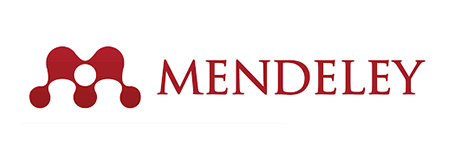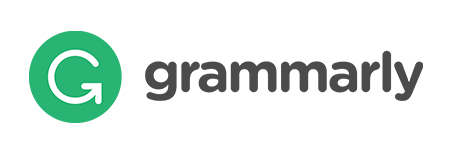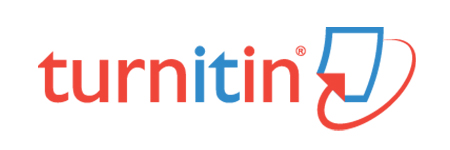Penggunaan Deep Learning Berbasis Sosiolinguistik untuk Menumbuhkan Keterampilan Berpikir Kritis dan Pemecahan Masalah di Pendidikan Dasar
DOI:
https://doi.org/10.70716/jeer.v1i1.63Keywords:
deep learning, critical thinking, problem-solving, primary education, sociolinguistics, communicative competenceAbstract
Critical thinking and problem-solving are essential skills for 21st-century learners, yet traditional pedagogies often emphasize rote memorization over cognitive engagement. Deep Learning (DL) technologies offer adaptive, personalized feedback and learning environments that can bridge this gap. This study examines how DL, when integrated with sociolinguistic principles, can enhance students’ critical thinking and problem-solving competencies in primary education. Employing a qualitative, descriptive design through literature review, peer-reviewed journals, conference proceedings, and books were sourced via Google Scholar, using thematic content analysis to distill implementation strategies, outcomes, and challenges. Findings indicate that DL-supported activities—such as authentic discourse analysis, role-playing with linguistic registers, and interactive problem-based tasks—promote metacognitive awareness, communicative flexibility, and pragmatic competence. Students demonstrated improved reasoning skills, confidence in communication, and awareness of sociocultural language variation. However, infrastructure limitations and teacher preparedness remain challenges. The study concludes that DL enriched by sociolinguistic insights forms a robust pedagogical approach, preparing students for complex, real-world communication demands.
References
Azar, T. (2023). Wikipedia: One of the last, best internet spaces for teaching digital literacy, public writing, and research skills in first year composition. Computers and Composition, 68, 102774.
Bachman, L., & Adrian, P. (2022). Language assessment in practice: Developing language assessments and justifying their use in the real world. Oxford University Press.
Canale, M., & Swain, M. (1980). Theoretical bases of commuicative approaches to second language teaching and testing.
Favero, L., Pérez-Ortiz, J. A., Käser, T., & Oliver, N. (2024, October). Enhancing critical thinking in education by means of a Socratic chatbot. In International Workshop on AI in Education and Educational Research (pp. 17-32). Cham: Springer Nature Switzerland.
Feriyanto, F., & Anjariyah, D. (2024). Deep learning approach through meaningful, mindful, and joyful learning: A library research. Electronic Journal of Education, Social Economics and Technology, 5(2), 208-212.
Hymes, D., Pride, J. B., & Holmes, J. (1972). On communicative competence. Sociolinguistics. Eds. Pride, JB y J. Holmes, 269-293.
Holmes, J., & Wilson, N. (2013). An introduction to sociolinguistics. Routledge.
Mamadouh, V. (2019). Wikipedia: Mirror, microcosm, and motor of global linguistic diversity. In Handbook of the Changing World Language Map (pp. 3773-3799). Cham: Springer International Publishing.
Richards, J. C., & Rodgers, T. S. (2014). Approaches and methods in language teaching. Cambridge university press.
Salem, A. A. M. S. (2025). Harnessing Wiki-Mediated Collaborative Writing to Enhance ESP Students’ Persuasive Writing, 21st-Century Skills, and Self-Efficacy. Journal of Educational Computing Research, 07356331251337500.
Takeuchi, K. (2025). Sociolinguistics. In Encyclopedia of Tourism (pp. 972-973). Cham: Springer Nature Switzerland.
Walter, Y. (2024). Embracing the future of Artificial Intelligence in the classroom: the relevance of AI literacy, prompt engineering, and critical thinking in modern education. International Journal of Educational Technology in Higher Education, 21(1), 15.
Wardhaugh, R., & Fuller, J. M. (2021). An introduction to sociolinguistics. John Wiley & Sons.
Weng, C., Chen, C., & Ai, X. (2023). A pedagogical study on promoting students' deep learning through design-based learning. International journal of technology and design education, 33(4), 1653-1674.
Downloads
Published
Issue
Section
License
Copyright (c) 2025 Nita Wardani

This work is licensed under a Creative Commons Attribution-ShareAlike 4.0 International License.








